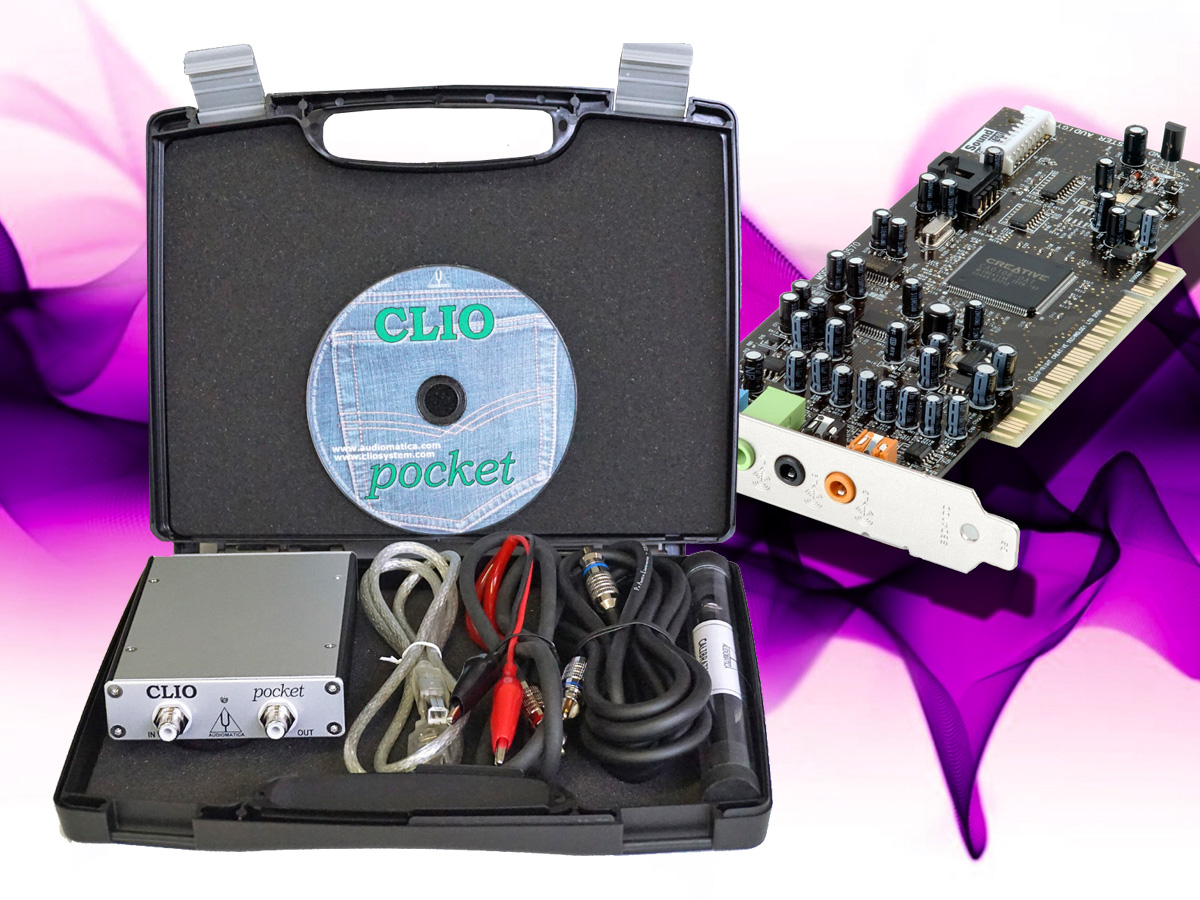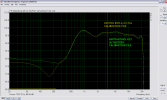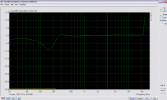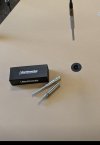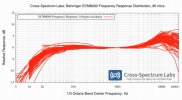I'm in the process of building an outdoor test rig, where 4 or more mics will be mounting vertically on a 22ft high painters pole.
The pole is held plumb with guy wires, like old time antennas. I'm making it where i can set it up, take it down pretty quickly, to get mics on and off.
Anyway, could easily encompass a few learning mistakes, and don't want to risk a good mic going into "timber" mode if the pole comes crashing down haha.
So I'm gonna use ECM8000's.
Already have two of them , about to order several more, based on a quick comparison this morning to my Isemcon 7150 (which has been my reference mic)
Here's 7150 in green; the two ECM8000's are orange and purple on top of each other.
All three had the 7150's free-field calibration file in place.
(Measurement was indoors at about a meter, of a 4-way box high passed at 120Hz)
View attachment 235593
I have high hopes for the new test rig. Idea is to capture 4-5 vertical angles at once, for each horizontal spinorama angle.
I think the ECMs will work just fine.
And I must admit, i really don't sweat small dB variations in VHF....i think they are inevitable, unless maybe truly in a lab setting.

